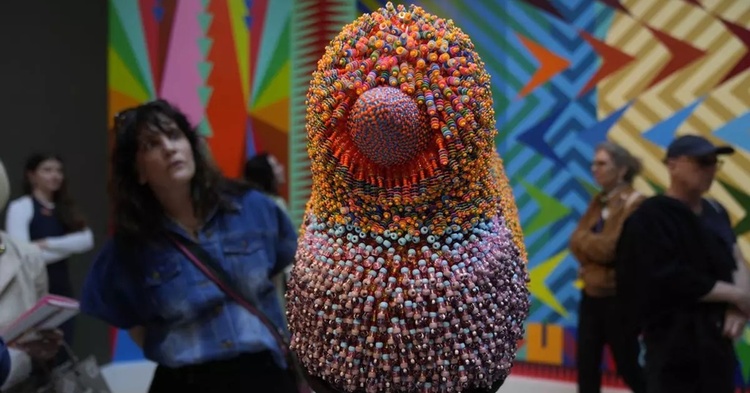
The 60th Venice Art Biennale
The 60th Venice Art Biennale looks to the Global South in an edition marked by the war in Gaza
In this year's edition, curated by Brazilian Adriano Pedrosa, 331 artists from 87 countries participate.
The pigeons that fluttered around Venice, with their drenched plumage, seemed this Tuesday to be one of the few signs of normality in a city taken over by the unstable weather and the Art Biennale. The event, which in 2024 celebrates its 60th anniversary, opens its doors to the accredited press this week, and the virulent wind and rain storm meant, in mid-afternoon, an unexpected mishap, especially for the delegations from southern Europe. lately more accustomed to droughts than anything else. That is what the first artists (of the 331 of the 87 countries participating in the exhibition) had also experienced had already arrived at the place.
The pre-opening (in English, as the Italians write it), which is the presentations prior to the public opening (this year, on April 20), otherwise, left the local population somewhat indifferent, quite accustomed to the motto chosen this year for the large group exhibition: "Foreigners everywhere." Venice, a city of adventurers and explorers for centuries, today welcomes up to 40,000 tourists a day (which have reached 100,000, at festivals), while its population continues to decline.
The attempt, however, could not be more topical at a time of new fractures and old resentments between the rich countries, mostly in the northern hemisphere, and the so-called Global South. It was the Brazilian Adriano Pedrosa, the first Latin American curator of the exhibition, who wanted to once again look away from the contest of Occidentalism, in order to reread modernity in a global key. With this idea, Pedrosa has divided the sections dedicated to Portraits, Abstractions and Italian artistic diaspora, which brings together works of the 20th century from Latin America, Asia, the Arab world and Africa. A concept, this, already partly protagonist in the 2022 Biennial, in which Cecilia Alemani proposed going beyond the “ideal of a white man”, to give more space to women and historically less represented ethnic groups.
Politics and culture
Precisely in reference to the African continent, which participates with 14 countries, some have also begun to call this edition of the biennial competition black. The main reason is a group of countries that are making their debut because they have never been there before (among them, Benin, Ethiopia and Tanzania), while others have had their own pavilion for the first time; example is Senegal. In a similar vein, Argentina, Spain - which opens on Wednesday -, Mexico and Brazil, have also dedicated certain relevance to another issue, the indigenous issue, each in their own way.
Even so, if the news of some has given something to talk about, the absences have also aroused interest. Once again, Russia is not among the participating countries and, after a first moment in which it was announced that its space would remain closed, it has finally been announced that Bolivia will occupy it. The reason, of course, is Moscow's war in Ukraine. The latter country, however, does participate.
A different case has been that of Israel. After some voices demanded its exclusion in recent months due to the war that Tel Aviv maintains in Gaza and that the Italian Government refused to do so, it was finally the curator Ruth Patir who, at the last minute, declined to open the pavilion . That will only happen, she said, when “a ceasefire agreement and hostage release is reached.” The decision was also communicated with a sign placed on the outside of the pavilion's glass façade, inside which a video work titled Keening was to be exhibited, which was intended to talk about the vulnerability of life.
Frenzy
The exhibition, one of the most important international showcases in this sector, has also imposed a certain climate of euphoria in local authorities. The mayor of the city, Luigi Brugnaro, is vice president of an event that “attracts many intellectuals and thinkers to Venice, it represents a breath of fresh air for the city,” as the Councilor for Tourism, Simone Venturini, explained to Spanish media.
Meanwhile, the hoteliers of Venice have already started August in particular. A room in the city these days borders on astronomical figures, which has led many of the less wealthy visitors to settle in Mestre, a lesser-known part of the iconic city, located on the mainland. From there they will have to travel to have access, too, to a small piece of the prestigious event that will remain open until November.

- July 03, 2025
Mexican Inspirations in the Art of Linda Wood
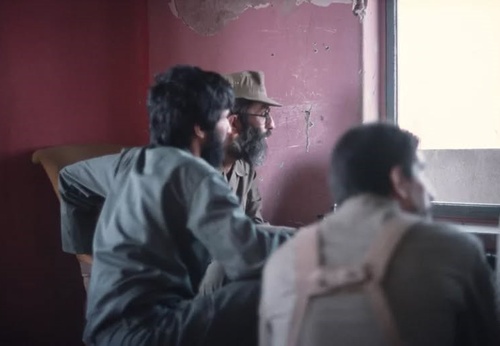
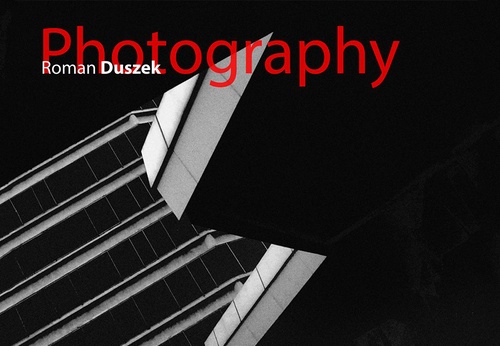
- July 03, 2025
Roman Duszek | Photography

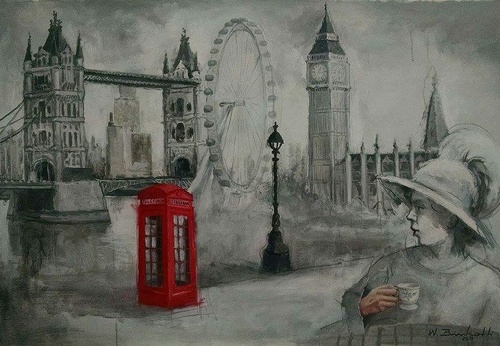
- July 03, 2025
Gallery Of Illustration By Walmir Binhotti - Brazil

- July 03, 2025
Roman Duszek | Digital Graphic Art
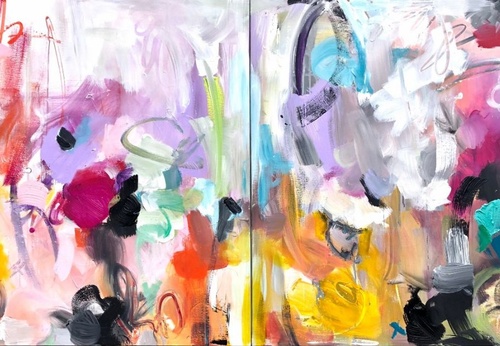
- July 03, 2025
Painting and abstract art: differences and similarities
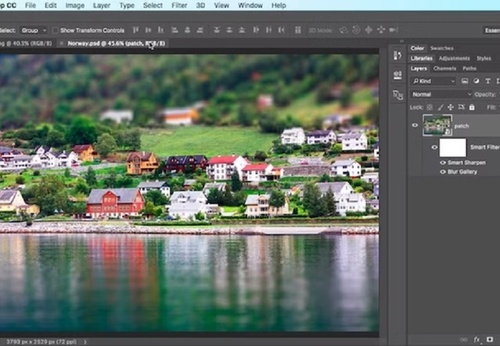
- July 02, 2025
The Best Software for Digital Art and Graphic Design

- July 02, 2025
Gallery of Posters by Cesar Alí Hernández from Mexico

- July 02, 2025
Hugo Correa Exhibits at Museo Ralli San…

- July 02, 2025
The Exhibition That Reimagines the Past…

- July 02, 2025
The Major Exhibition "Before America" …

- June 29, 2025
Peruvian painter Gerardo Chávez dies at…

- June 29, 2025
ARCOmadrid 2026 Opens Call for Entries …

- June 29, 2025
José María Velasco: The Landscape Artis…

- June 26, 2025
It houses 40 legacies of Latin American…

- June 18, 2025
Winners of the “Holosaide” event announ…

- June 18, 2025
The Major Exhibition of the Malba Colle…

- June 16, 2025
Pedro Roth Exhibition at the National A…

- June 15, 2025
Malba Pays Tribute to Luis Felipe Noé w…

- June 15, 2025
Contemporary Italian Painting on Displa…

- June 13, 2025
Impacto da Arte Digital na Sociedade

- June 13, 2025
The Geometric Essence of Fanny Sanín on…

- June 12, 2025
Guillermo García-Cruz's 'Divergent Stru…

- June 12, 2025
Book Brasília, the art of democracy wil…

- June 11, 2025
In 2025, SP-Arte Rotas will include nar…

- June 11, 2025
The Barranquilla Museum of Modern Art

- June 10, 2025
Discovery of William Turner's Work

- June 10, 2025
One of the largest art events in Latin …

- October 08, 2023
Illustrations reflect the brutal Israel…

- December 25, 2023
The jury statement of the Iran-Brazil F…

- July 29, 2023
History of Caricature in Brazil

- April 20, 2024
Poignant Image of Grief Wins Mohammed S…

- May 22, 2025
Brady Izquierdo’s Personal Exhibition O…

- September 01, 2023
Neural Filters in new photoshop 2023

- March 21, 2024
The history of art in Palestine

- October 21, 2023
Erick Meyenberg and Tania Ragasol at th…

- March 14, 2024
museum of statue of van gogh

- August 09, 2023
Venezuela mural expresses solidarity wi…

- March 15, 2024
museum of sculpture of Salvador Dali

- March 30, 2024
illustration websites in Latin America

- May 20, 2024
Latin American Festival of Performing A…

- May 25, 2025
Bordalo II to hold exhibition in Paris …

- July 30, 2024
The artist from San Luis Mirta Celi rep…

- March 18, 2025
Works by Cuban Artist Eduardo Abela in …

- July 03, 2024
Newly discovered rock art in Venezuela

- April 18, 2024
Israel Pavilion at Venice Biennale clos…

- January 04, 2025
Material Art Fair 2025

- January 12, 2025
The Ralli Museum in Punta del Este

- February 18, 2024
7 Ways to Understand What Visual Arts A…

- May 15, 2024
Eleven murals for Gaza painted across t…

- October 08, 2023
Illustrations reflect the brutal Israel…

- January 02, 2025
13 commemorations that will mark the cu…

- October 17, 2023
The influence of Latin American artists…

- December 25, 2023
The jury statement of the Iran-Brazil F…

- November 17, 2023
Fernando Botero's work is booming after…

- July 29, 2023
Piracicaba International Humor Exhibiti…

- February 03, 2024
THE HISTORY OF NAIF ART

- November 06, 2023
Heba Zagout: Palestinian artist murdere…

- February 01, 2025
A maior exposição de Botero em Barcelona

- July 02, 2024
One of the largest urban art galleries …

- December 10, 2023
Sliman Mansour and Palestinian art on t…

- July 20, 2024
First International Mail Art Biennial 2…

- September 01, 2023
Neural Filters in new photoshop 2023

- March 14, 2024
museum of statue of van gogh

- October 30, 2023
Palestinian turns images of the Gaza co…

- October 23, 2023
Controversy over the project that will …

- February 06, 2024
Bolivian artists will be at the 2024 Ve…

- February 08, 2024


